The founding of the United States is a story we all think we know, but some of the details are more myth than fact. Over the years, certain narratives have been passed down, sometimes simplifying or distorting the true events. These myths have become so ingrained in our understanding of history that it’s hard to separate what’s actually true from what’s been exaggerated or misunderstood.
By taking a closer look at some of these myths, we can get a clearer picture of the complexities and nuances that shaped the birth of the nation. It’s not about rewriting history, but rather peeling back the layers to uncover the reality behind the tales we often hear. This way, we can appreciate the founding of the United States with a more informed perspective.
Myth 1: All Founders Were United
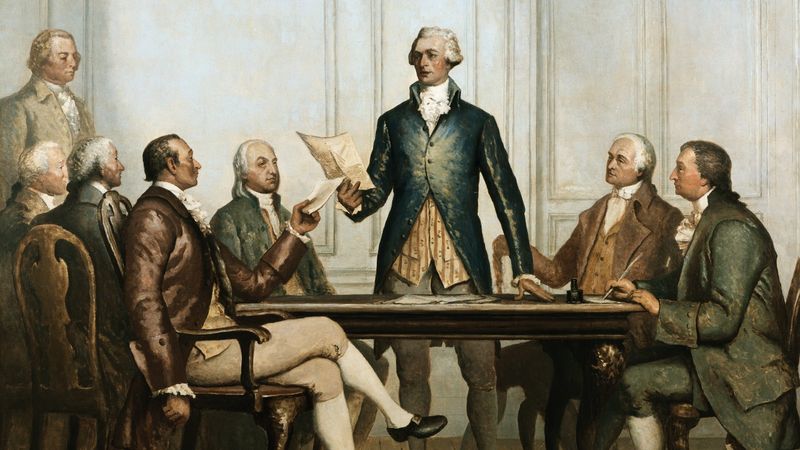
People often believe the Founding Fathers were a united group with unanimous decisions. However, they had significant ideological differences.
The debates were passionate, often leading to heated arguments. The Federalists and Anti-Federalists, for instance, clashed on many issues, including the balance of state and national powers.
These disagreements were essential in shaping the Constitution through compromise. Understanding these debates provides insight into the diverse views that influenced the nation’s founding.
Myth 2: The Declaration of Independence Was Signed on July 4, 1776
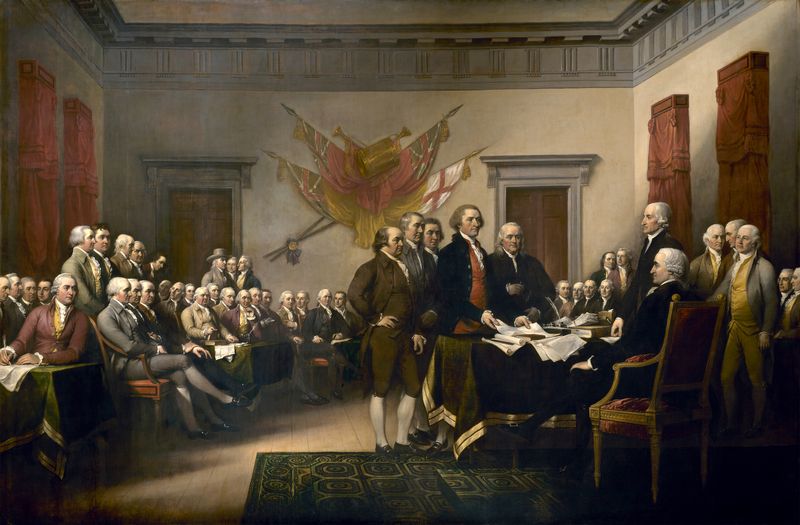
Many believe the Declaration of Independence was signed on July 4, 1776. In reality, the Continental Congress approved it on that date, but the actual signing occurred on August 2, 1776.
July 4th became significant as it marked the approval of the final text.
This day is celebrated as Independence Day, but the signing process was more prolonged than most think. Recognizing this distinction helps us appreciate the intricate steps involved in the founding events.
Myth 3: George Washington Had Wooden Teeth
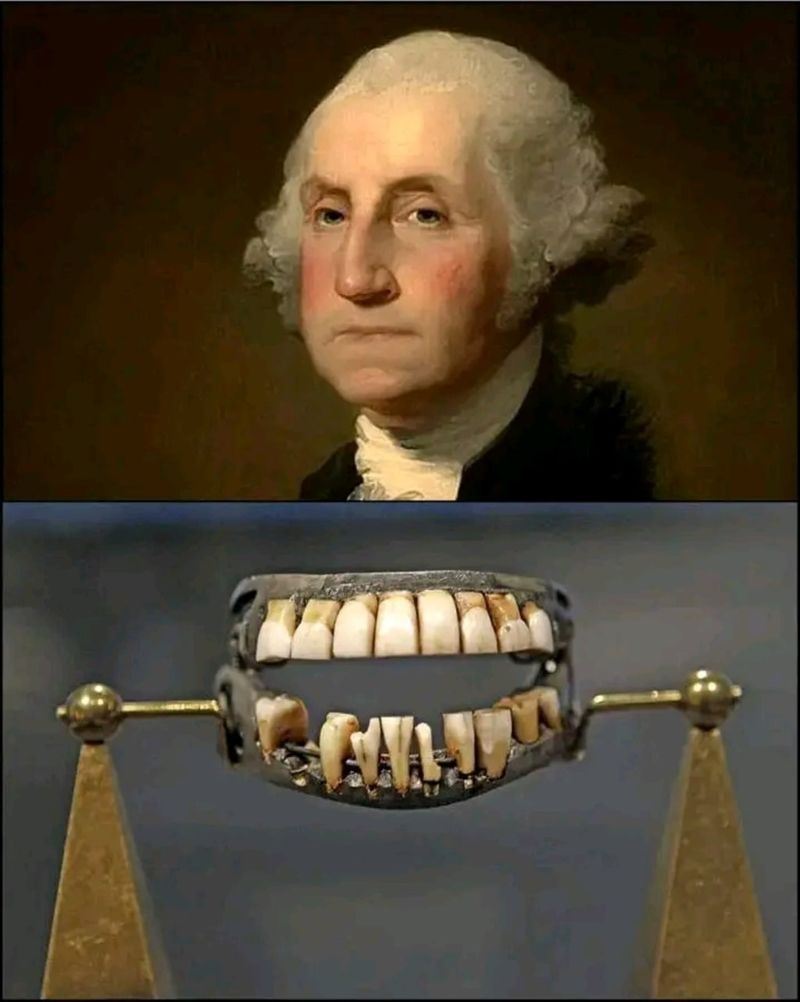
A common myth is that George Washington had wooden teeth. His dentures were actually made from materials like ivory, gold, and lead.
The misconception likely arose due to the appearance of the dentures, which could become stained over time.
This myth highlights how historical details can become distorted over time, creating enduring but inaccurate narratives.
Myth 4: The American Revolution Was Supported by All Colonists
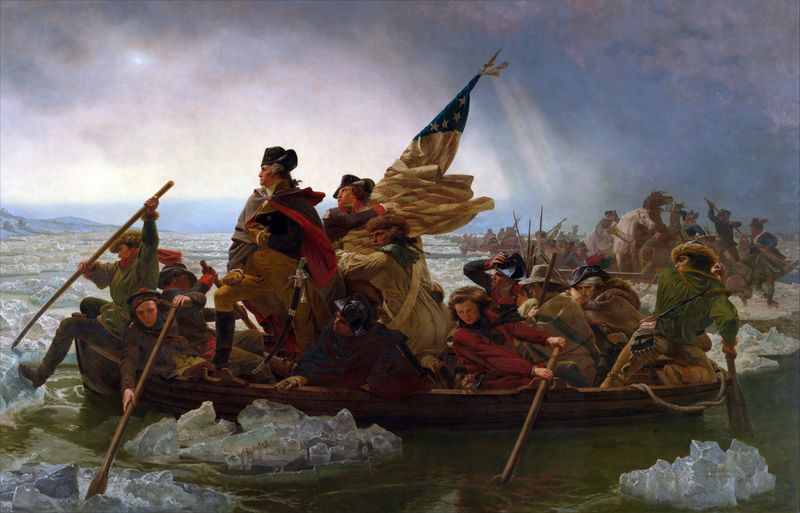
It’s often thought all colonists supported the American Revolution, but the reality was more divided. Many were Loyalists who remained faithful to the British crown.
Others were neutral, wary of choosing sides in a tumultuous period.
This division was evident in families and communities, creating a complex social landscape during the war. Understanding this range of loyalties adds depth to the historical narrative.
Myth 5: Paul Revere’s Midnight Ride Was a Solo Effort
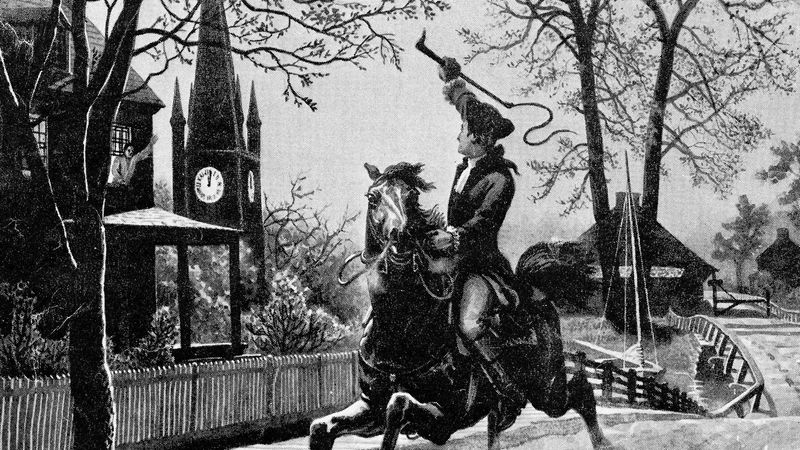
The famous story of Paul Revere’s ride suggests he acted alone. In truth, other riders, like William Dawes and Samuel Prescott, also warned of the British approach.
Revere’s role was part of a larger network of messengers organized by the colonial militia.
This collaborative effort was crucial in alerting the American forces and reflects the collective spirit that characterized the revolution.
Myth 6: The Constitution Was Written in One Day
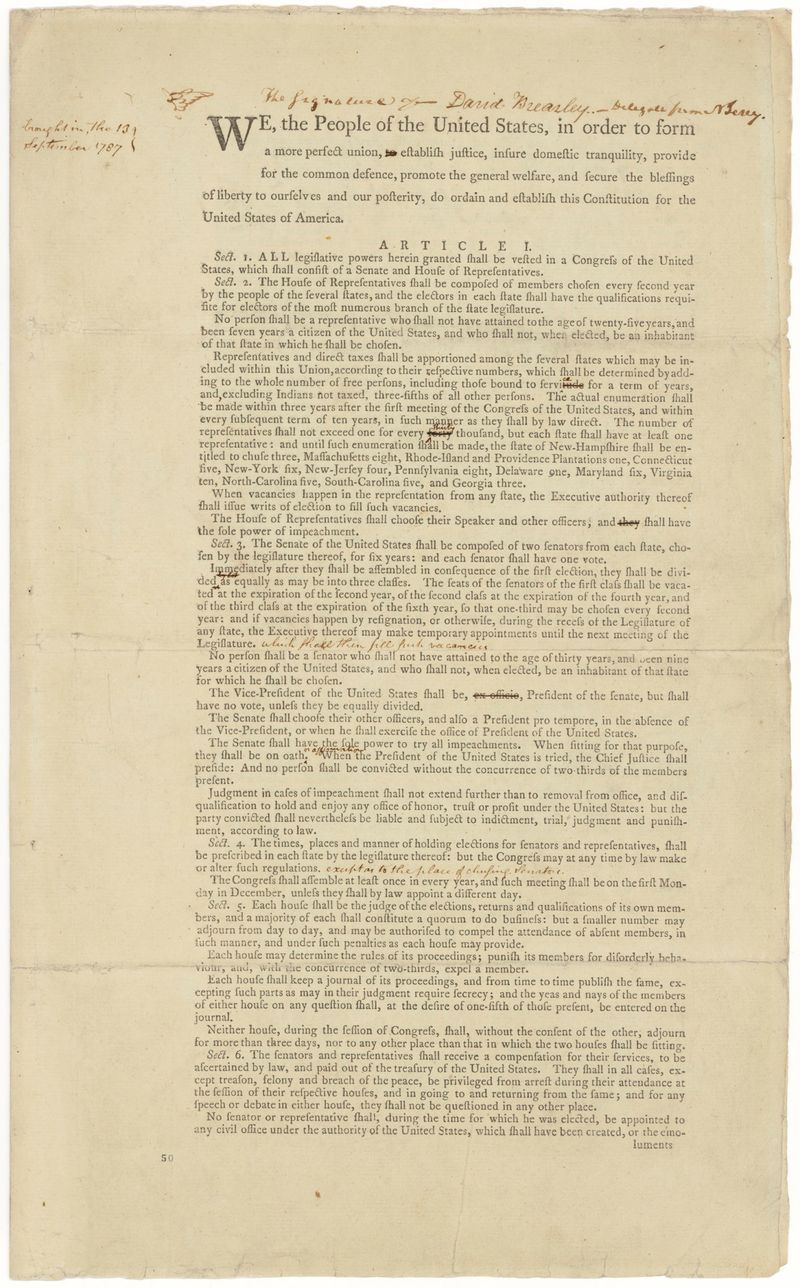
A common misconception is that the Constitution was written in one day. The drafting spanned from May to September 1787, involving extensive debate and compromise.
Delegates met in Philadelphia to refine and negotiate terms over the course of months.
This process underscores the careful consideration that went into structuring the government and safeguarding liberties.
Myth 7: Betsy Ross Sewed the First American Flag
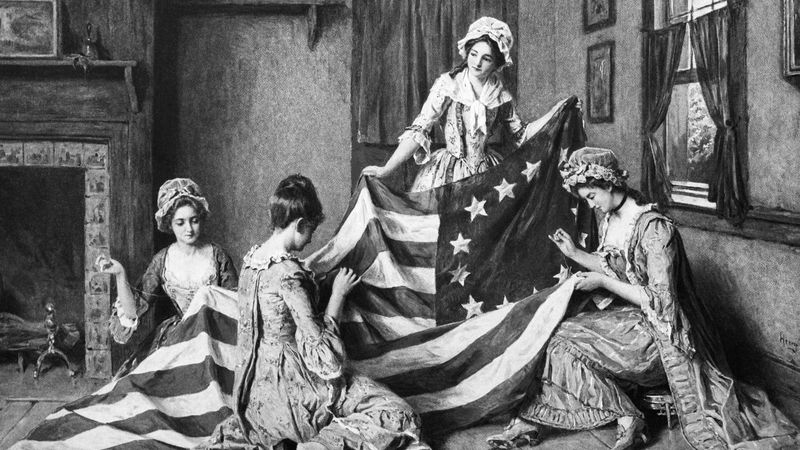
Betsy Ross is often credited with sewing the first American flag. However, there is little historical evidence to support this claim.
The story became popular due to family accounts, but the actual design and creation involved multiple contributors.
This myth reflects how narratives can be shaped by tradition and family lore, rather than confirmed facts.
Myth 8: Thomas Jefferson Was the Sole Author of the Declaration of Independence
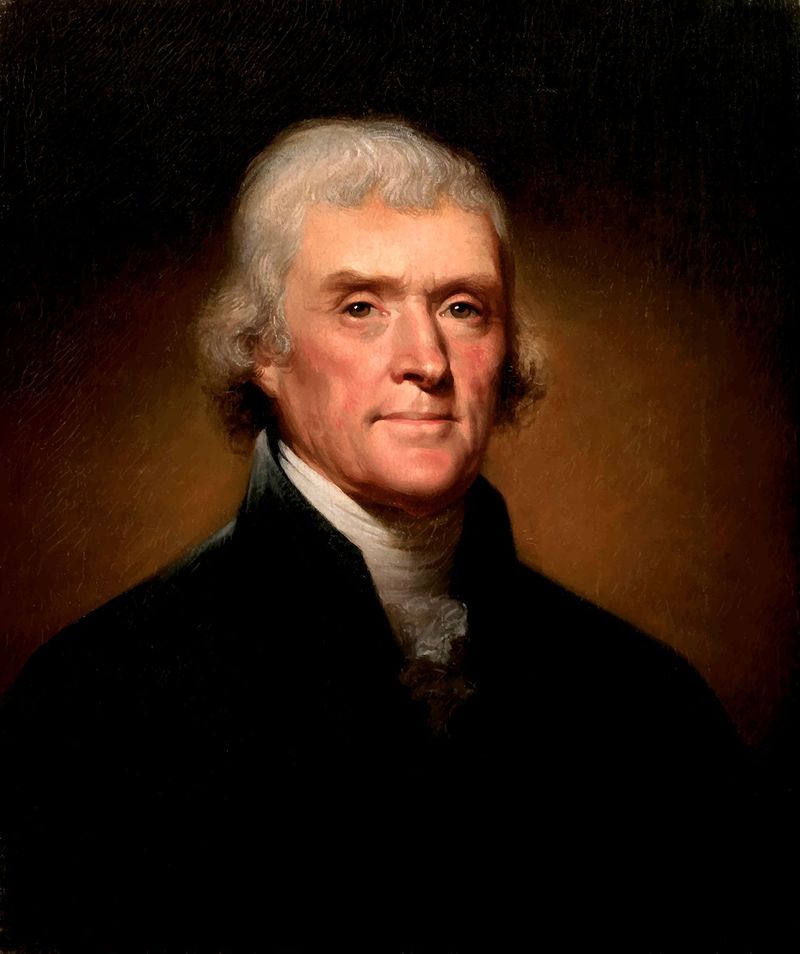
Thomas Jefferson is credited as the main author of the Declaration of Independence, but he was not alone in this task.
A committee including John Adams, Benjamin Franklin, and others contributed to the document.
Their collaborative effort reflects the shared vision for independence and democracy, emphasizing the communal roots of the founding documents.
Myth 9: The Founding Fathers Were Atheists
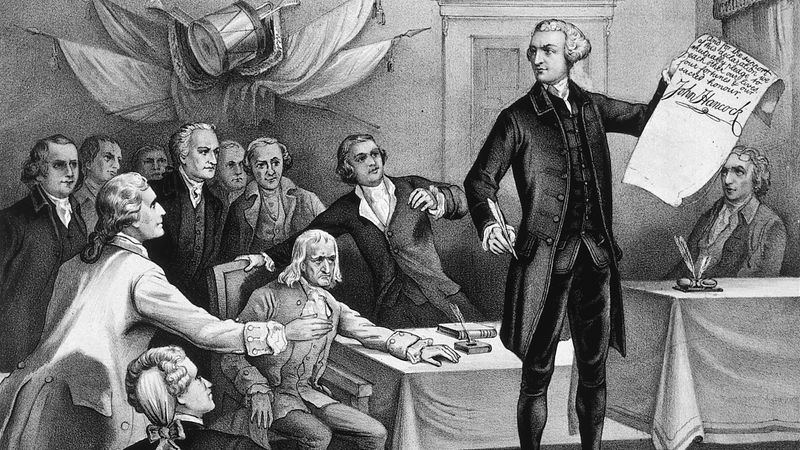
A myth persists that the Founding Fathers were atheists. While some were deists, most held personal religious beliefs.
Their writings often reflect spirituality, though they advocated for separation of church and state to ensure religious freedom.
Recognizing their varied beliefs helps us understand the nuanced approach to religion in early America.
Myth 10: The Revolutionary War Ended in 1776
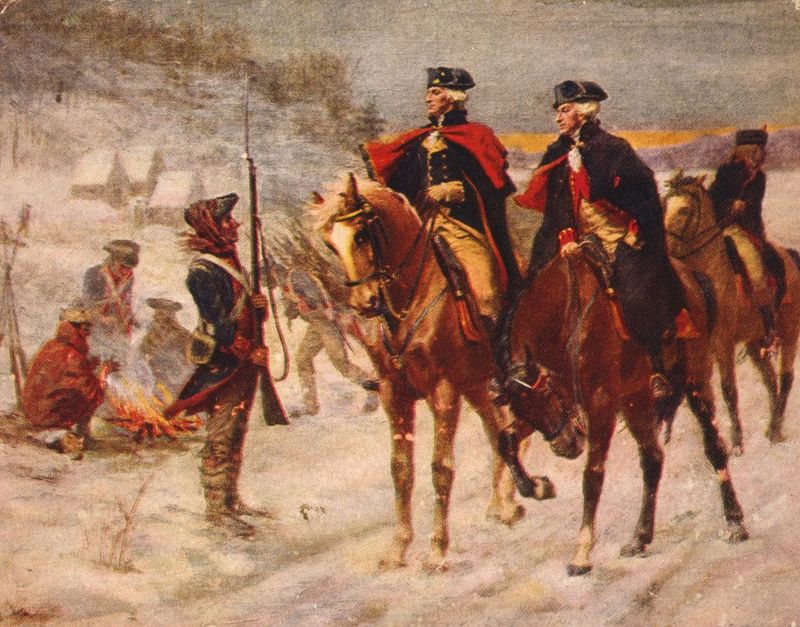
It’s a misconception that the Revolutionary War concluded in 1776. The war lasted until 1783, marked by intermittent battles and strategic campaigns.
Key events, like the Battle of Saratoga and the Siege of Yorktown, were pivotal in the later years.
This prolonged struggle underscores the endurance and commitment required to achieve independence.
Myth 11: The Founding Fathers Were All Born in the United States
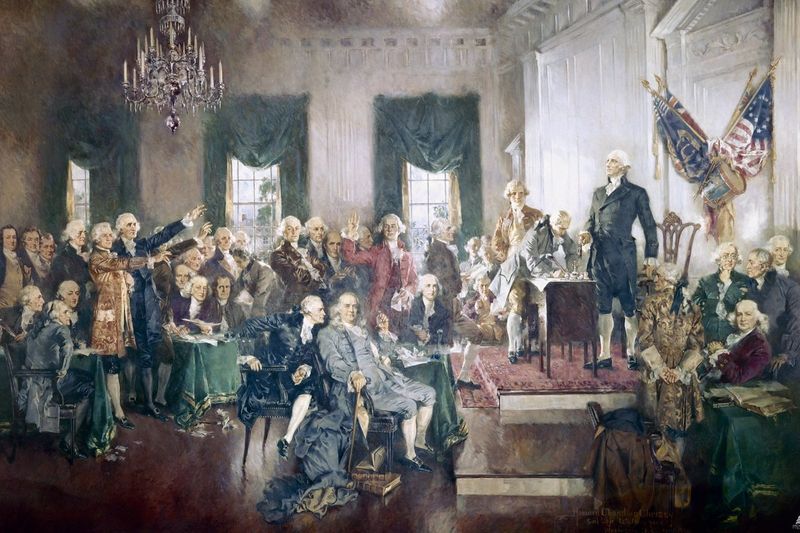
The belief that all Founding Fathers were born in the United States is false. Several, like Alexander Hamilton, were born in the Caribbean or Europe.
Their diverse origins contributed to a rich tapestry of ideas and perspectives during the nation’s formation.
This diversity shaped the inclusive vision that influenced the country’s early policies.
Myth 12: The Boston Tea Party Was Universally Popular
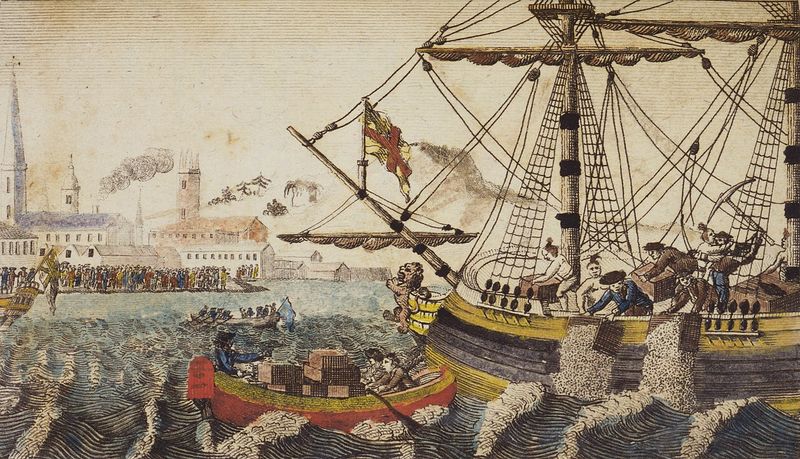
Many assume the Boston Tea Party was an event supported by all colonists. In reality, opinions varied widely.
Some viewed it as a bold act of defiance, while others saw it as reckless destruction of property.
This mixed reception illustrates the complexity of public sentiment during revolutionary activities, highlighting the spectrum of political views at the time.
